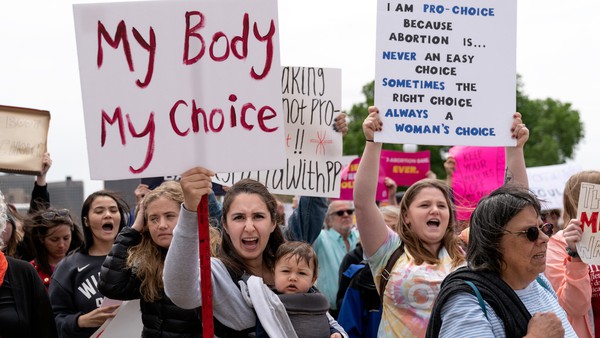In the week since our last newsletter, which focused on the Safe Cycling Santa Cruz County bike map, several members of the community have submitted routes which have been incorporated into the map.
A tip of the hat to California Local members Keith Bontrager, Brian DiGiorgio and Michael Lewis, and to Reddit users neomis, scsquare and evenmorestupid_herb for their contributions.
If you’re an experienced local cyclist who wants to contribute favorite (safe) commute or excursion routes, check out the Safe Cycling Santa Cruz County map and share your ride.
But this week’s newsletter focuses on a different matter: the roadmap to the June 7 election. Today marks the last day to register to vote.
Though it’s a midterm primary, turnout may well be quite robust given a number of factors: newly reshaped districts, two supervisorial races with no incumbents running, and the controversial Measure D vote, aka the Greenway Initiative. If you haven’t heard about the last one, you apparently don’t read local newspapers. But there’s still time to catch up via California Local’s Santa Cruz Rail Trail tracker, which brings together not only our own coverage of the issue but also many other articles by local journalists. Find articles by our media allies and additional coverage in the rail trail news digest.
The redistricting process left many veteran officeholders in the position of either running for a different seat or wooing voters in a dramatically reshaped district. For Robert Rivas, the former is the case; he’s moving to the 29th Assembly District, where he faces one Republican challenger: Stephanie L. Castro. In the 30th Assembly District, which Rivas formerly represented but now extends much farther south, the five-way race is wide open, with four Democrats and one Republican in contention. And with Evan Low running to represent another district in Santa Clara County, the 28th Assembly District has hopefuls from two counties eying the open seat: Santa Cruzans Gail Pellerin, formerly the county clerk, and union organizer Joe Thompson. They’re on the ballot with Monte Sereno Councilmember Liz Lawler and Los Gatos Mayor Rob Rennie.
Two seats on the Santa Cruz County Board of Supervisors are up for grabs, with no incumbents in either race. Nonprofit director Ami Chen Mills and Santa Cruz City Council members Justin Cummings and Shebreh Kalantari-Johnson are vying for the North County seat, while the South County race has drawn three officeholders: Cabrillo College trustee Felipe Hernandez, Santa Cruz County Board of Education trustee Ed Acosta, and Watsonville City Council’s Jimmy Dutra.
Congressional seats also saw some big shifts due to redistricting. Jimmy Panetta is still on the ballot here, but he’s running in the 19th Congressional District. And the 18th District underwent some big changes, with veteran U.S. Rep. Zoe Lofgren now representing a swath that stretches way down into the Salinas Valley.
Find a full list of candidates on the county election website, VotesCount.us. The site lists all the candidates in the running, and arguments for and against ballot measures can be found here. Once you get those ballots filled out, you don’t need to wait for Election Day. Find a list of ballot drop boxes and get it done today.
Want more information? Find information on statewide and congressional races on CalMatters.org. For local matters, Santa Cruz Local’s guide to the June 7 election provides nonpartisan information on the candidates running for supervisor in District 3 and District 4 and the five ballot measures. In addition to Measure D, there are two other countywide measures dealing with a disposable cup tax and a bump in the transient occupancy tax, as well as two measures in the City of Santa Cruz.


 June 7 is the deadline to get ballots turned in.
June 7 is the deadline to get ballots turned in.



